Recognized NPA exposure for MSME is Rs 81K Cr as on Mar’18: Report
Updated: Jun 27, 2018 06:36:19am
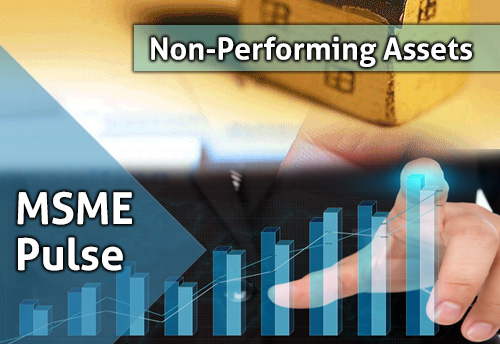
Recognized NPA exposure for MSME is Rs 81K Cr as on Mar’18; Report
New Delhi, June 27 (KNN) The overall recognized Non-Performing Asset (NPA) exposure for MSME is Rs 81,000 Crores as on March 2018, said a joint study conducted by CIBIL & SIDBI adding that the Reserve Bank of India (RBI) on June 6 came out with a special dispensation for encouraging formalization of MSMEs.
The special dispensation says that for entities with aggregate exposure of Rs 25 Crores, which were standard as on August 2017, will be classified as standard if the repayments are made within 180 days.
The study called as “MSME Pulse Report is prepared by TransUnion CIBIL Limited (TU CIBIL) jointly with the Small Industries Development Bank of India (SIDBI).
As per data on Mar’18, the total exposure of entities that were standard in Aug’17, and where repayments are delayed by 90 to 180 days in Mar’18 is Rs 15,000 Crores. Hence this relaxed guideline for NPA recognition is likely to benefit these entities with Rs 15,000 Crores exposure and reduce gross NPAs in this segment by a similar amount.
The report says that as much as Rs 11,000 Crores is the Non-NPA exposure of entities whose other exposures are tagged as NPA by at least by one other bank. Rs 120,000 Crores of exposure belongs to the entities which are in the high risk category of CMR-7 to CMR-10.
Going by the past trends about Rs 12,000 Crores is expected to turn NPA by Mar’19. Hence at a gross level from the partially recognized layer and CMR-7 to CMR-10 borrowers, about Rs 16,000 Crores of additional NPA is expected in the next 12 months which translates to a gross addition of 20% on the current NPA base.
However the net addition will be much lower given the recoveries from existing NPA pool. As such, given that the portfolio growth rate in this segment is expected to remain in the 15-20% range, at an overall level, for the MSME segment the NPA rates are expected to be stable in the next 12 months. We have plotted the portfolio distribution by CIBIL MSME Rank to understand the distribution of risk in different types of lenders.
The combination of high credit demand and relatively low NPA rates make MSME among the most attractive target segment for institutional lenders. Public Sector Banks (PSBs) have traditionally been the dominant lenders to the MSME sector. But in last few quarters, Private Banks and NBFCs have successfully competed with public sector banks in getting a larger share of the lucrative MSME pie, noted the study.
Further, the report points that the Micro and SME exposure (less than Rs 25 Crores) accounts for around 20% of PSBs total commercial outstanding credit as of March 2018, compared to 28% in Private Banks and 30% in NBFCs as of March 2018.
Private Banks and NBFCs exhibit NPA levels in the range of 3 - 5% in the MSME segment.
The gross NPA amount for PSBs has increased by 7.3% in MSME Segment, while credit has grown by 2.1% in one year from Mar’17-Mar’18.
The NPA of the PSBs has increased from 14.3% in Mar’17 to 15.0% in Mar’18 (11.9%, Mar’16). NBFCs have also witnessed an increase in NPA rates from Mar’16 to Mar’18.
Meanwhile, the Private banks and NBFCs have a lower NPA rate in the MSME segment. This lower MSME NPA rate is driven primarily by having a superior quality of acquisition. We have compared the quality of MSME New-to-Bank (NTB) acquisition measured using CIBIL MSME Rank (CMR) of various kinds of institutions in the period from Jul’17 - Dec’17.
The report did a risk snapshot study to understand the current and potential stress in MSME Lending which will determine the future levels of recognized NPA.
MSMEs for which NPA loans are reported form the “Known layer” of stress that has built up in the lending industry over a period of time.
The potential NPA rate in the future would be driven by two types of entities/exposures:
Partially recognized NPA: Borrowers tagged as NPA with one lender, however reported standard with other lender/s (High Risk); and
(ii) CMR-7 to CMR-10 Borrowers: Non NPA Borrowers with CIBIL MSME Rank of CMR-7 to CMR 10 having higher probability of default by Mar’19 A deep dive into the data for “Partially Recognized” NPA & CMR-7 to CMR-10 borrowers shows that while NPAs are stable and in control, the likelihood of a sharp increase in NPA rates is low.
MSME Pulse Report highlights that the new Private sector banks have a significantly superior risk profile of the MSME portfolio compared to the market as New Private Sector Banks have 6% Non-NPA portfolio in the CMR-7 to CMR-10 ranks, compared to 13% for Old Private Sector Banks, and 20% for NBFCs and the NBFC high risk portfolio is similar to PSBs however NBFCs have significantly lower NPAs, it can be attributed to more asset backed structures and superior collection efficiencies of NBFCs.
Looking at the MSME Credit Risk Profile of top 30 locations across India, among the Top 10 locations Ahmedabad, MMR, NCR, Ludhiana & Jaipur have a better risk profile with high proportion of CMR-1 to CMR-3 borrowers and a low proportion of CMR-7 to CMR-10 borrowers.
Surat has a low proportion of high risk borrowers. Rajkot, Panipat, Indore, Vadodara, Pune and Lucknow are relatively low risk locations amongst Tier 2 locations for MSME segment. Guntur, Tiruppur, Patna and Kochi are relatively higher risk locations with high proportion of low rated companies.
Overall locations in the North (NCR, Punjab, Haryana, Rajasthan) & West (Maharashtra, Gujarat) have a comparatively better risk profile than the South (Tamil Nadu, Andhra Pradesh/Telangana, Kerala) and East locations, pointed the study.
Full MSME Pulse report: https://www.sidbi.in/MSME_Pulse.php
(KNN Bureau)

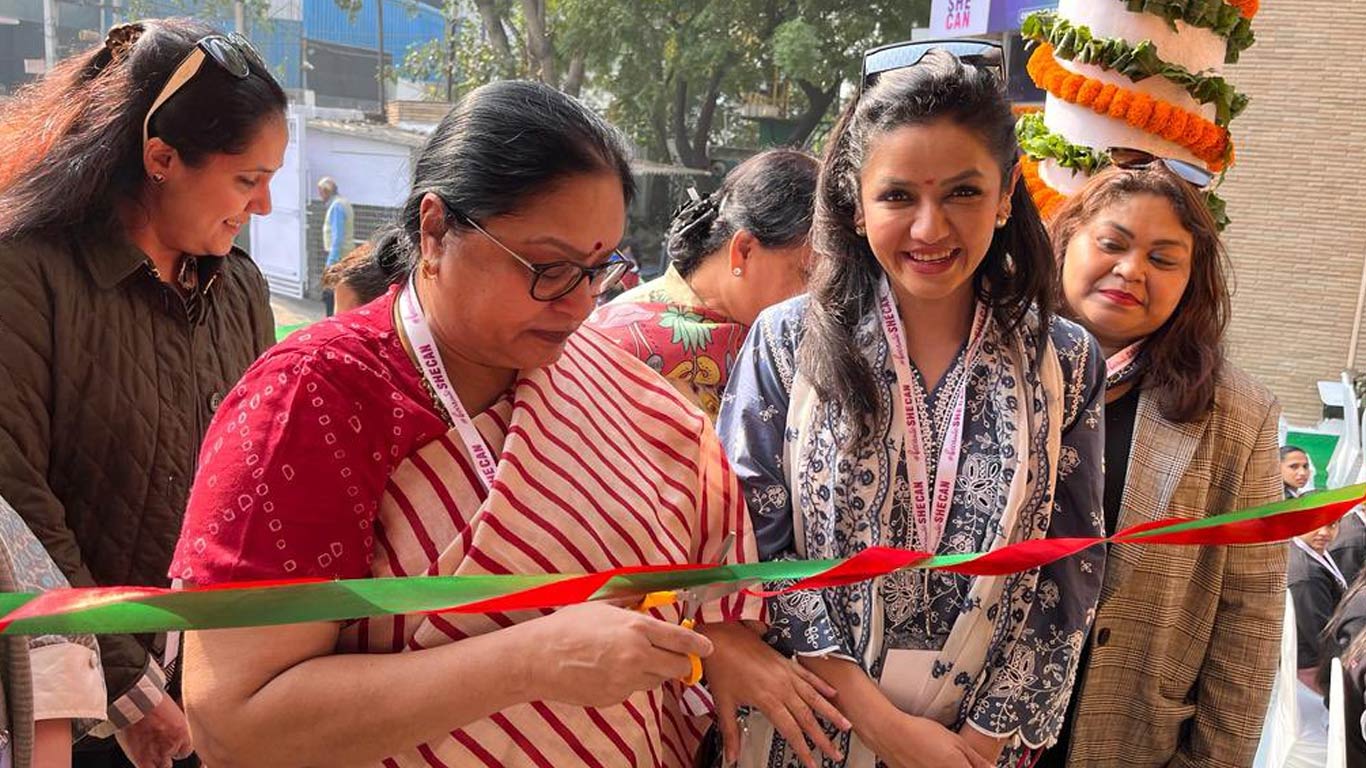
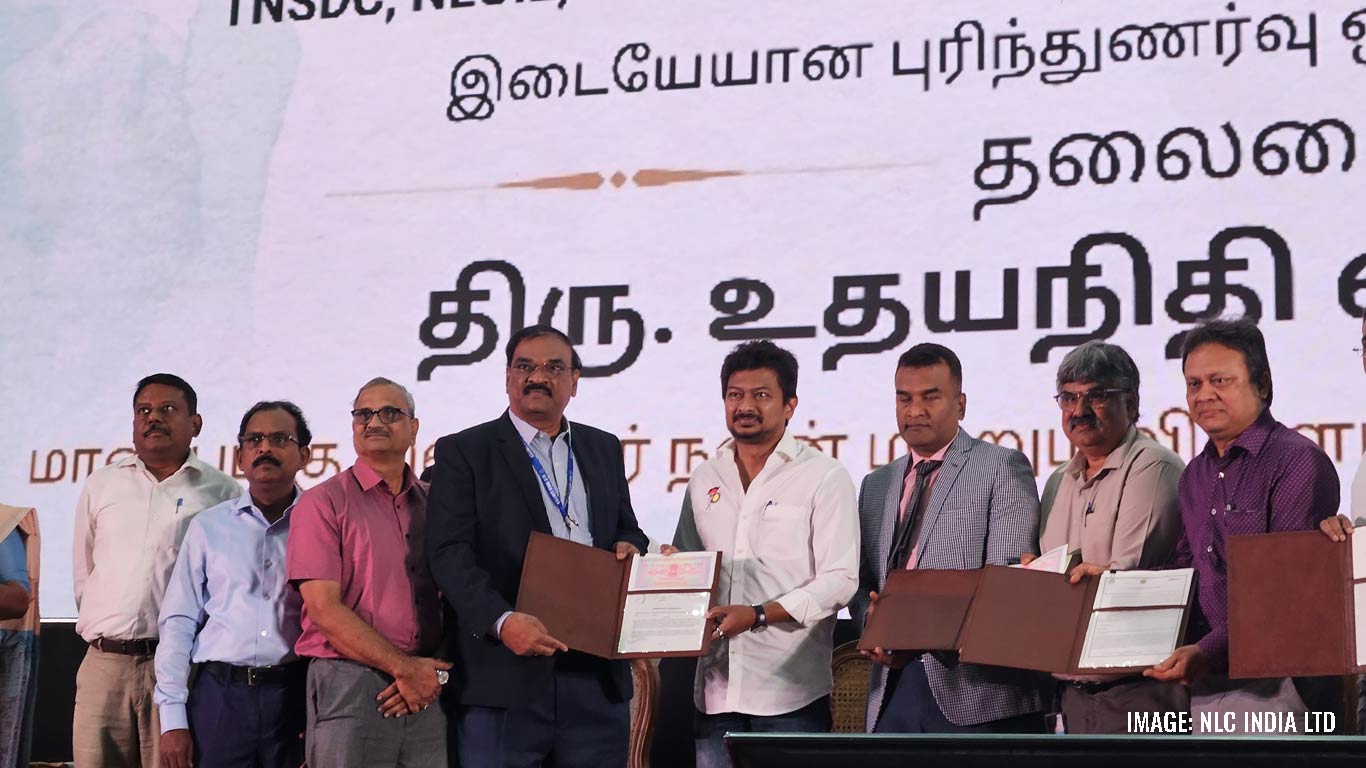
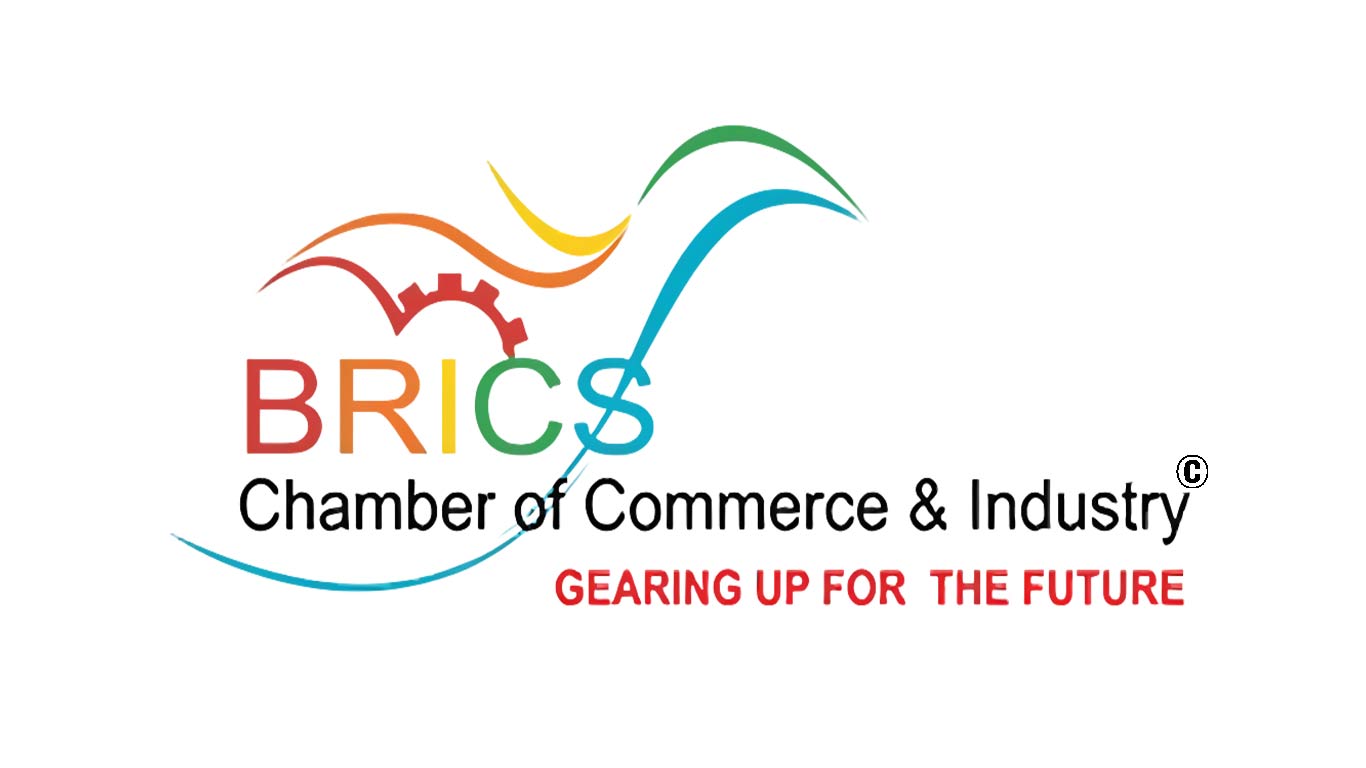
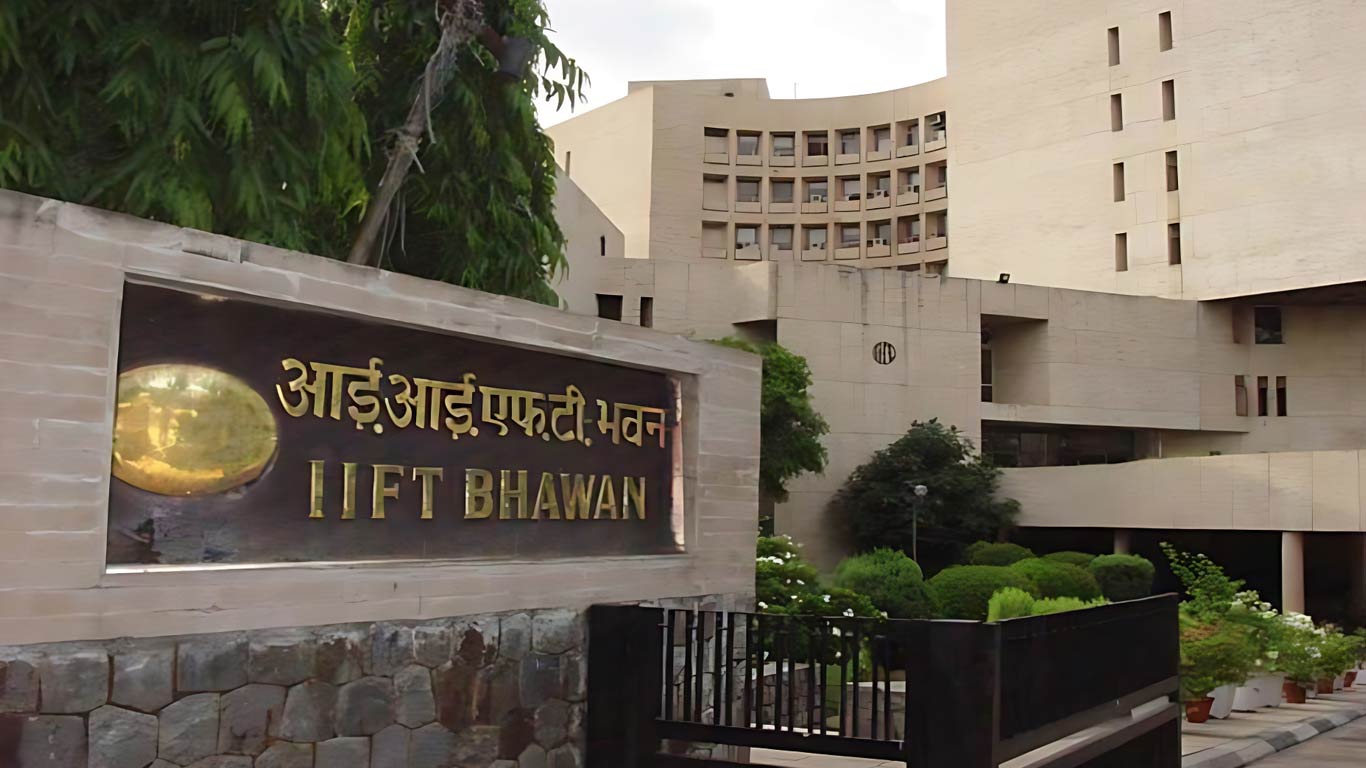
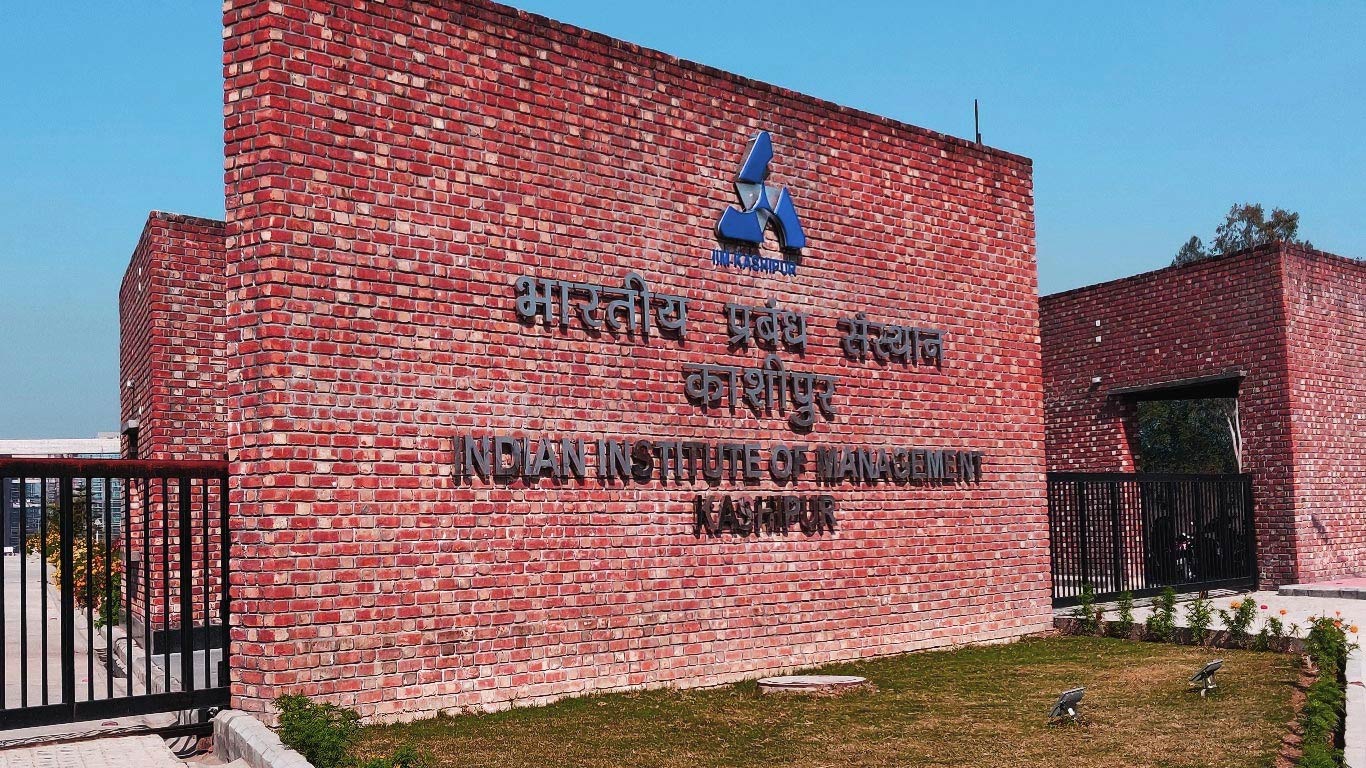





